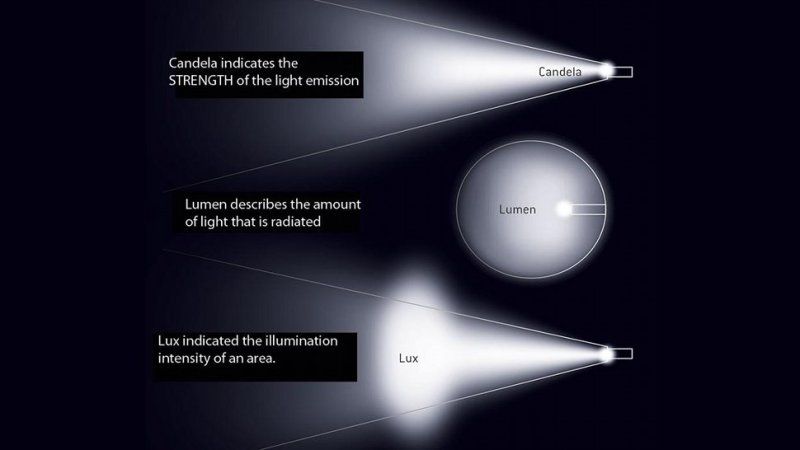pingvinlakrits
Member
- Joined
- Oct 2, 2007
- Messages
- 1,093
For a very simplified distinction between a few of the units:

candela: intensity of a light source (similar to a unit of power like the watt)
lumen: the flux of photons (with an intensity given in candelas) passing through a given solid angle - e.g. a sphere around a candle (lumens = candelas x steradians)
lux: flux of photons passing through a given surface area (lumens per sq. meter)

candela: intensity of a light source (similar to a unit of power like the watt)
lumen: the flux of photons (with an intensity given in candelas) passing through a given solid angle - e.g. a sphere around a candle (lumens = candelas x steradians)
lux: flux of photons passing through a given surface area (lumens per sq. meter)
